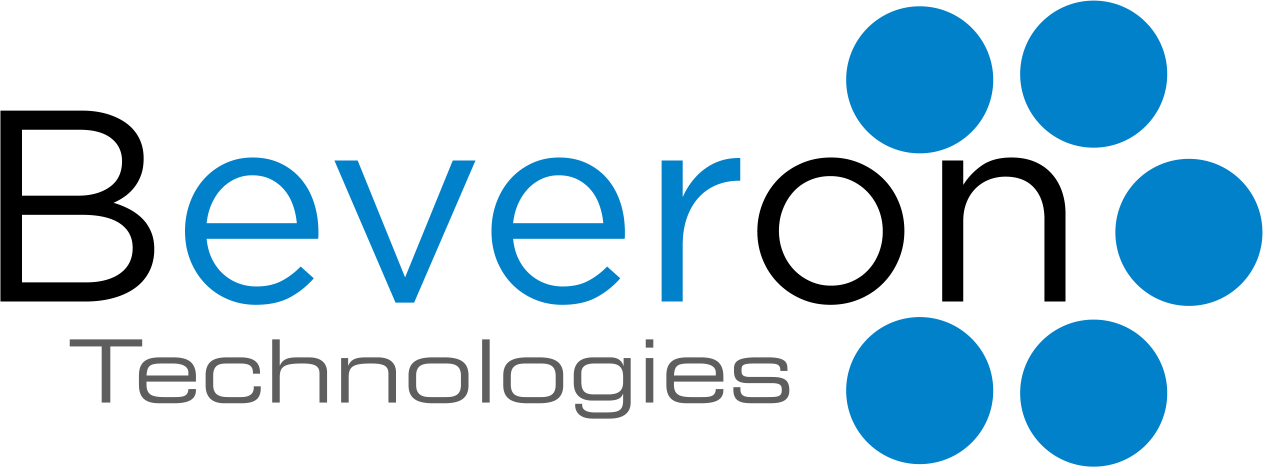

Discover how data-driven insights are revolutionizing debt recovery in Nigeria, enabling agencies to...

This blog explains how a debt followup system helps Algerian collection agencies improve follow-up c...

This blog highlights the most common debt follow-up challenges faced by Indonesian collection agenci...

What are the benefit of best debt collection software in Nigeria, Kenya, Nairobi?
The best debt collection software offers multifaceted benefits, revolutionizing the efficiency and effectiveness of debt recovery processes. By automating tasks such as account tracking, prioritization, and communication, it significantly streamlines operations, allowing financial institutions to manage large volumes of debt accounts with ease. This automation ensures compliance with industry regulations, reducing legal risks and penalties. The software's analytics and reporting features empower institutions with valuable insights, enabling data-driven decision-making for optimized collection strategies. Improved transparency through automated communication tools and online portals fosters better relationships with debtors. Additionally, the real-time monitoring capabilities of top-notch debt collection software facilitate proactive decision-making and timely interventions, ultimately enhancing overall debt recovery rates and contributing to a more streamlined and cost-effective financial operation.
With technology evolving continuously, local and regional regulations, and demographics, the debt collections industry is facing a wide range of challenges currently. In today’s extremely mobile society, debtors are more difficult to locate than ever before. Although there is a surplus of information available on individual debtors, it can be nearly impossible to effectively sort through it all. So, what exactly are the challenges that the Debt-recovery industry faces, currently? Let’s see….
Lack of latest/current contact information of debtors
In today’s digital age, there is no shortage of information available about an individual, but finding the most up-to-date, accurate contact information of a debtor can often be a big problem. After all, successful recoveries are based on the ability to contact the debtor. Without current information for the debtor, it becomes almost impossible to contact him or her – and thus difficult/impossible to recover the debt. An organization can lack current contact information about a debtor for several reasons: ▪ The debtor regularly moves across locations
▪ The contact information used for the original credit is out of date
▪ The debtor may be residing with a third party who is the primary owner or tenant of the property, or
▪ There may be an incorrect entry for the debtor in one or more of the available databases.
As you can see from the above list, a lack of information verification is truly at the root of this problem – and consequently, the solution lies in establishing one or more methods of information authentication, such as ensuring data is updated in real-time and having transparency in information sources.
What are the difficulties in identifying and contacting debtors?
By now, it is obvious why not having enough information to identify and contact debtors is a problem. This issue creates a serious barrier to contacting debtors, which itself prevents successful recoveries. But this challenge may feel especially frustrating since the lack of information on a debtor is more than just a waste of time and resources. Many times, it often restricts organizations from taking any action on an account altogether. In many cases, an organization may not have enough information to successfully identify or contact a debtor because there simply isn’t enough information about the individual in public records. But, considering the magnitude of data captured and stored in public records, this is rarely the case. The fact is, most of the time, the facts about a debtor are out there, but organizations run into difficulties with identification and communication because the information isn’t where one would expect it to be. This can happen for a variety of reasons, and getting around the problem often demands a broader, more comprehensive look at public records, like say, scrutinizing a debtor’s third-party connections.
Difficulty in accessing the most relevant information
For some debtors, the information most likely to lead to a successful recovery isn’t something basic like a phone number or address. It may be data about their place of employment or known associates. Unfortunately, this information isn’t as easily accessible as the more straightforward records. This can create the problem of additional time wasted trying to locate and access this data or attempting a less effective recovery without it. The cause of the problem is the raw complexity of public record databases and the ability to access the information. It may not be possible to access any public record from any platform or for any purpose. The solution is to either have your organization become well-versed in accessing these databases – which may not only consume substantial time but also some associated monetary costs – or to pay someone else who already has the infrastructure set up to get the information that you need quickly and easily.
Delay in locating debtors when sorting through all the data
This again is a problem of “too much” information. But beyond determining whether the contact information is the most current, this problem encompasses the extra time spent trying to determine which information is best for reaching the target. In short, this is caused by too much information without enough organization. All the information about a specific debtor should be evaluated to ensure the most effective recovery effort possible. On the other hand, there is so much data available on individuals today that it is often not feasible to manually comb through every record.
As with Challenge #3, unless your organization is able and willing to create a cost- and time-effective solution, the best answer to this challenge is to find a public records platform that does the organizational heavy lifting for you. In fact, considering that accessing and managing data are at the root of all four of these problems, the key to solving all of them may simply be to leverage a platform that specializes in those specific features.